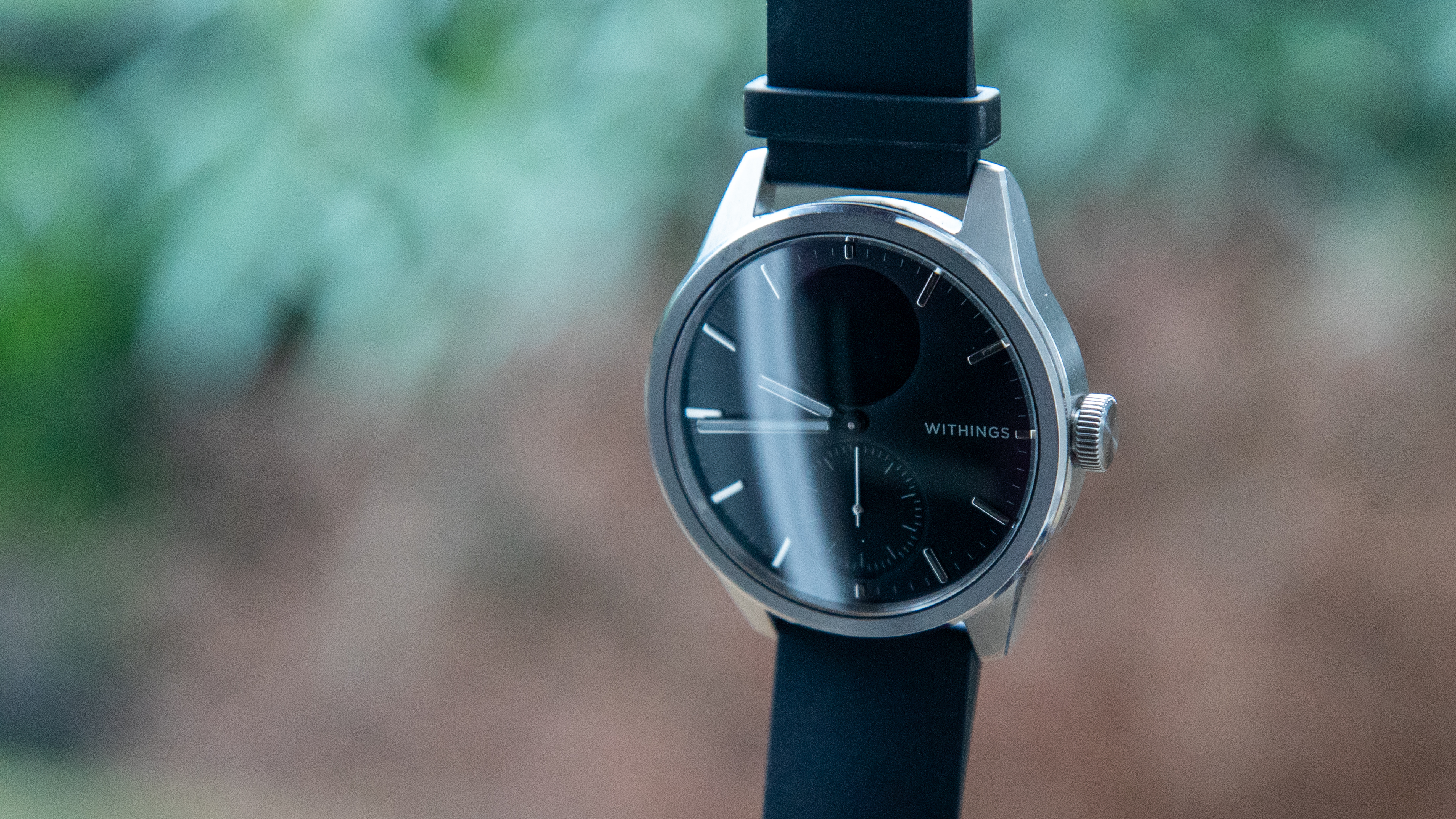Achieving Comprehensive Observability in Spring Boot Microservices with the ELK Stack and OpenTelemetry
In today's distributed systems, observability is critical for maintaining the health, performance, and reliability of microservices architectures. By integrating the ELK stack (Elasticsearch, Logstash, Kibana) with modern observability tools like OpenTelemetry and Micrometer, developers and architects can gain deep insights into their applications, enabling proactive monitoring and faster troubleshooting. This article provides an updated and enriched guide on implementing observability in Spring Boot microservices, suggesting best practices and the latest approaches to achieve robust monitoring and tracing. Table of Contents Introduction Centralized Logging with the ELK Stack Metrics Collection and Application Performance Monitoring (APM) Distributed Tracing with OpenTelemetry Exception and Error Tracking Real-Time Monitoring Dashboards Best Practices and Recommendations Conclusion Introduction In a microservices architecture, observability is more than just logging; it encompasses metrics, traces, and logs working together to provide a holistic view of the system. With the increasing complexity of distributed systems, traditional monitoring is no longer sufficient. Implementing observability allows teams to: Detect and diagnose issues quickly. Understand system performance and behavior. Improve user experience through proactive monitoring. By leveraging tools like the ELK stack, OpenTelemetry, and Micrometer, architects can build a robust observability infrastructure that scales with their microservices ecosystem. Centralized Logging with the ELK Stack Objective: Collect and centralize logs from all microservices into an Elasticsearch cluster, enabling structured logging for efficient querying and analysis. Implementation Steps Use Structured Logging: Utilize a logging library that supports structured logging in JSON format, such as Logback with logstash-logback-encoder. Include essential metadata in each log entry: Timestamp Log level Service name Environment (e.g., DEV, QA, PROD) Correlation IDs (trace ID, span ID) Logback Configuration (logback-spring.xml): logstash-host:5000 {"service":"my-service","environment":"${ENVIRONMENT:DEV}"} Configure Log Shippers: Deploy Filebeat or Logstash agents to collect logs from application instances. Ensure secure log transmission (TLS/SSL) between agents and Elasticsearch. Include Correlation IDs: Use MDC (Mapped Diagnostic Context) to add trace IDs and span IDs to your logs. With OpenTelemetry, these IDs are automatically propagated. import org.slf4j.MDC; MDC.put("traceId", Span.current().getSpanContext().getTraceId()); MDC.put("spanId", Span.current().getSpanContext().getSpanId()); Implement Log Retention Policies: Use Elasticsearch Index Lifecycle Management (ILM) to define policies for data retention, deletion, or archiving based on your requirements. Metrics Collection and Application Performance Monitoring (APM) Objective: Monitor application performance, including response times, resource utilization, and custom business metrics. Implementation Steps Integrate Micrometer Metrics: Use Micrometer as the metrics collection facade. Configure Micrometer to export metrics to Elastic Stack using the Elastic APM Micrometer registry. Dependencies: io.micrometer micrometer-core io.micrometer micrometer-registry-elastic Configuration (application.properties): management.metrics.export.elastic.enabled=true management.metrics.export.elastic.host=http://elasticsearch:9200 Leverage Elastic APM (Optional): Install the Elastic APM Java Agent for in-depth application performance monitoring. Start your application with the APM agent attached: java -javaagent:/path/to/elastic-apm-agent.jar \ -Delastic.apm.service_name=my-service \ -Delastic.apm.server_urls=http://apm-server:8200 \ -Delastic.apm.environment=PROD \ -Delastic.apm.enable_log_correlation=true \ -jar my-service.jar Define Custom Metrics: Use Micrometer to record custom application metrics relevant to your business logic. Counter requestCounter = Counter.builder("myapp.requests") .tag("service", "my-service") .register(meterRegistry); requestCounter.increment(); Monitor JVM Metrics: Micrometer automatically collects JVM metrics (memory, garbage collection, threads). These metrics are critical for identifying performance bottlenecks. Distributed Tracing with OpenTelemetry

In today's distributed systems, observability is critical for maintaining the health, performance, and reliability of microservices architectures. By integrating the ELK stack (Elasticsearch, Logstash, Kibana) with modern observability tools like OpenTelemetry and Micrometer, developers and architects can gain deep insights into their applications, enabling proactive monitoring and faster troubleshooting.
This article provides an updated and enriched guide on implementing observability in Spring Boot microservices, suggesting best practices and the latest approaches to achieve robust monitoring and tracing.
Table of Contents
- Introduction
- Centralized Logging with the ELK Stack
- Metrics Collection and Application Performance Monitoring (APM)
- Distributed Tracing with OpenTelemetry
- Exception and Error Tracking
- Real-Time Monitoring Dashboards
- Best Practices and Recommendations
- Conclusion
Introduction
In a microservices architecture, observability is more than just logging; it encompasses metrics, traces, and logs working together to provide a holistic view of the system. With the increasing complexity of distributed systems, traditional monitoring is no longer sufficient. Implementing observability allows teams to:
- Detect and diagnose issues quickly.
- Understand system performance and behavior.
- Improve user experience through proactive monitoring.
By leveraging tools like the ELK stack, OpenTelemetry, and Micrometer, architects can build a robust observability infrastructure that scales with their microservices ecosystem.
Centralized Logging with the ELK Stack
Objective: Collect and centralize logs from all microservices into an Elasticsearch cluster, enabling structured logging for efficient querying and analysis.
Implementation Steps
- Use Structured Logging:
- Utilize a logging library that supports structured logging in JSON format, such as Logback with
logstash-logback-encoder. - Include essential metadata in each log entry:
- Timestamp
- Log level
- Service name
- Environment (e.g., DEV, QA, PROD)
- Correlation IDs (trace ID, span ID)
Logback Configuration (logback-spring.xml):
name="ELASTIC" class="net.logstash.logback.appender.LogstashTcpSocketAppender">
class="net.logstash.logback.encoder.LoggingEventCompositeJsonEncoder">
/>
/>
/>
/>
/>
/>
/>
level="INFO">
ref="ELASTIC" />
- Configure Log Shippers:
- Deploy Filebeat or Logstash agents to collect logs from application instances.
- Ensure secure log transmission (TLS/SSL) between agents and Elasticsearch.
- Include Correlation IDs:
- Use MDC (Mapped Diagnostic Context) to add trace IDs and span IDs to your logs.
- With OpenTelemetry, these IDs are automatically propagated.
import org.slf4j.MDC;
MDC.put("traceId", Span.current().getSpanContext().getTraceId());
MDC.put("spanId", Span.current().getSpanContext().getSpanId());
- Implement Log Retention Policies:
- Use Elasticsearch Index Lifecycle Management (ILM) to define policies for data retention, deletion, or archiving based on your requirements.
Metrics Collection and Application Performance Monitoring (APM)
Objective: Monitor application performance, including response times, resource utilization, and custom business metrics.
Implementation Steps
- Integrate Micrometer Metrics:
- Use Micrometer as the metrics collection facade.
- Configure Micrometer to export metrics to Elastic Stack using the Elastic APM Micrometer registry.
Dependencies:
Configuration (application.properties):
management.metrics.export.elastic.enabled=true
management.metrics.export.elastic.host=http://elasticsearch:9200
- Leverage Elastic APM (Optional):
- Install the Elastic APM Java Agent for in-depth application performance monitoring.
-
Start your application with the APM agent attached:
java -javaagent:/path/to/elastic-apm-agent.jar \ -Delastic.apm.service_name=my-service \ -Delastic.apm.server_urls=http://apm-server:8200 \ -Delastic.apm.environment=PROD \ -Delastic.apm.enable_log_correlation=true \ -jar my-service.jar
- Define Custom Metrics:
- Use Micrometer to record custom application metrics relevant to your business logic.
Counter requestCounter = Counter.builder("myapp.requests")
.tag("service", "my-service")
.register(meterRegistry);
requestCounter.increment();
- Monitor JVM Metrics:
- Micrometer automatically collects JVM metrics (memory, garbage collection, threads).
- These metrics are critical for identifying performance bottlenecks.
Distributed Tracing with OpenTelemetry
Objective: Implement distributed tracing across microservices to gain end-to-end visibility of requests and transactions.
Implementation Steps
- Adopt OpenTelemetry:
- OpenTelemetry provides a standard, vendor-neutral way to collect traces and metrics.
-
Include the OpenTelemetry dependencies in your project.
Dependencies:
io.opentelemetry opentelemetry-api 1.27.0 io.opentelemetry opentelemetry-sdk 1.27.0 io.opentelemetry.instrumentation opentelemetry-spring-boot-starter 1.27.0
- Set Up OpenTelemetry Collector:
- Deploy the OpenTelemetry Collector to receive, process, and export telemetry data.
- Configure the Collector to export data to Elasticsearch or Elastic APM.
- Enable Context Propagation:
- OpenTelemetry auto-instrumentation ensures that context (trace IDs, span IDs) is propagated across service boundaries.
- No manual propagation code is needed for supported libraries.
- Visualize Traces:
- Use Kibana's APM UI or tools like Jaeger integrated with Elastic Stack to visualize distributed traces.
- Correlate traces with logs and metrics for comprehensive analysis.
Exception and Error Tracking
Objective: Automatically capture and analyze exceptions and errors to improve application reliability.
Implementation Steps
- Structured Exception Logging:
- Ensure that exceptions are logged with stack traces and contextual information.
- Use structured logging to capture exceptions in a parseable format.
try {
// Your code
} catch (Exception e) {
log.error("An error occurred", e);
}
- Automatic Error Capturing:
- When using Elastic APM or OpenTelemetry, exceptions may be captured automatically.
- Configure the agents to capture unhandled exceptions.
- Include Contextual Data:
- Use MDC to add user IDs, session IDs, or request information to exception logs.
MDC.put("userId", userId);
MDC.put("sessionId", sessionId);
- Set Up Alerts:
- Configure Kibana alerts to notify the team of critical exceptions or error rate spikes.
- Utilize email, Slack, or other notification channels.
Real-Time Monitoring Dashboards
Objective: Create interactive dashboards for real-time monitoring of application and system metrics.
Implementation Steps
- Design Kibana Dashboards:
- Build dashboards that display key metrics such as response times, error rates, throughput, and resource utilization.
- Use visualizations like line charts, bar graphs, and pie charts.
- Implement Service Maps:
- Use APM service maps to visualize the architecture and dependencies of your microservices.
- Identify latency and errors within service interactions.
- Enable Real-Time Data Refresh:
- Configure dashboards to auto-refresh at appropriate intervals (e.g., every 5 seconds).
- Ensure that the underlying data pipelines support low-latency data ingestion.
- Customize for Stakeholders:
- Tailor dashboards to the needs of different audiences (developers, operations, management).
- Provide the ability to filter data by service, environment, or time range.
- Secure Access:
- Implement Role-Based Access Control (RBAC) in Kibana to manage access to dashboards and sensitive data.
- Ensure that only authorized personnel can view or modify configurations.
Best Practices and Recommendations
- Leverage Auto-Instrumentation:
- Use OpenTelemetry's auto-instrumentation agents to minimize manual coding efforts.
- Stay updated with the latest versions for new features and improvements.
- Standardize Metadata and Tags:
- Define and use consistent metadata (e.g., service names, environment tags) across logs, metrics, and traces.
- This standardization aids in correlating data from different sources.
- Optimize for Performance:
- Monitor the overhead introduced by observability tools.
- Configure sampling rates and disable unnecessary instrumentation to reduce performance impacts.
- Ensure Data Security and Compliance:
- Implement encryption in transit and at rest for telemetry data.
- Be mindful of sensitive data in logs and traces; consider data obfuscation or masking where necessary.
- Educate Development Teams:
- Provide training on observability practices and tools.
- Encourage developers to think about observability during the design and coding phases.
- Plan for Scalability:
- Design your observability infrastructure to handle growth in data volume as services scale.
- Use scalable storage solutions and consider data retention policies.
Conclusion
Achieving comprehensive observability in Spring Boot microservices is critical for maintaining system reliability and performance. By integrating the ELK stack with OpenTelemetry and Micrometer, architects can build a robust observability solution that provides actionable insights and supports rapid troubleshooting.
Key Takeaways:
- Embrace Open Standards: Use OpenTelemetry for a vendor-neutral and future-proof observability strategy.
- Integrate Logs, Metrics, and Traces: Correlate data from different sources for a holistic view.
- Automate Instrumentation: Leverage auto-instrumentation to reduce manual efforts and ensure consistency.
- Focus on User Experience: Use real-time dashboards and proactive alerts to enhance system reliability.
By following these best practices, you can ensure that your microservices architecture is observable, resilient, and ready to meet the demands of modern applications.
Further Resources:
















![AI in Agriculture: How AI-Enhanced Farming Can Increase Crop Yields [Full Book]](https://cdn.hashnode.com/res/hashnode/image/upload/v1736809244328/d4d5d757-b580-4c18-bc21-dad0bbd75f14.png?#)




